Eco-friendly hemp plastic
min. reading
Hemp is a plant with an extremely wide range of applications, from food products and cosmetics to textiles and a raw material known as hemp plastic. The cultivation and production processes make these products environmentally friendly. The Cannabis sativa L. plant is not demanding in cultivation, requiring little water, no pesticides, absorbing a significant amount of carbon dioxide, and producing oxygen. Hemp grows rapidly and is rich in biomass. These aspects bring hope for the ecological future in many industries, including eco-plastic production. What exactly is hemp plastic, and how is it different from its traditional version produced from petroleum? This article will answer these questions and more.
Table of Contents
What is hemp plastic?
The term “plastic” has acquired a somewhat negative meaning in recent years, so it may not be entirely suitable for describing this biodegradable material. The term “bioplastic” better emphasizes the fact that this hemp raw material not only does not contribute to environmental pollution but also benefits from the regenerative effects of the cultivation process. Hemp plastic, made from cellulose fibers found in the plant’s stems, has been known since 1941 when Henry Ford constructed car body parts from it, powered by biofuels (also from hemp). It works excellently as a base for a variety of everyday products, such as containers, bags, films, packaging, tiles, and more. Its low popularity is mainly due to the limited availability of the raw material, the not yet widespread production process, and the hindrance of the industry’s development by plastic and fossil fuel giants.
How is hemp plastic made?
Hemp bioplastic is derived from the plant’s stems, specifically from the fibers containing 70%-80% cellulose. This high cellulose content contributes to the extraordinary strength of the material. The first production phase involves extracting as much cellulose from the plant as possible. The hemp stems and fibers are crushed and soaked in acid. The next step is soaking the extracted cellulose in water and chemical solutions to remove the acid. The cellulose undergoes thermal treatment, producing various types of material referred to as hemp plastic.
Price of hemp plastic
One might assume that the easy production process of hemp plastic and the undemanding cultivation of the plant would determine a low price for this raw material. Unfortunately, the reality is that the price of hemp plastic is higher than traditional plastic. The advanced and large-scale production process of synthetic plastic makes its price extremely low. For example, the price of a grinder for grinding hemp plastic is around $20, while the same product made from traditional plastic costs around $6. The difference is significant, although considering the benefits of hemp plastic, especially its durability, it is an investment in the quality of the product and environmental aspects. However, whether consumers are willing to pay more for bio-plastic that can counteract environmental pollution caused by regular plastic remains a question.
Differences between traditional and hemp plastic
The main difference is that hemp plastic is 100% biodegradable. Unlike its synthetic counterpart, it can be recycled indefinitely. Hemp plastic has exceptional thermal stability—some types of hemp materials are even fire-resistant. Additionally, products made from hemp plastic do not allow UV radiation to pass through, while synthetic plastics typically achieve this property through modifying additives. Unlike conventional plastic, hemp plastic products do not release BPA—a substance that disrupts hormonal balance, potentially leading to tumor formation. Bioplastic is non-toxic and safe for both the natural environment and humans.
Advantages of hemp plastic
The most significant advantage of hemp plastic is its environmental friendliness and safety for users. Statistics on plastic pollution in oceans and lands are alarming, and traditional plastic takes 450 years to decompose, never fully disintegrating in natural conditions. Hemp plastic decomposes in about six months under proper conditions. Completely replacing conventional plastic with hemp plastic would positively impact the lives of wild animals and, consequently, humans. According to studies by the Industrial Research Organization and the College of London, 60% of seabirds have plastic in their digestive systems, causing various health disorders and shortening their lives. Microplastics have also been recently discovered in human blood, with traces found in 17 out of 22 volunteers, raising significant concerns. Eliminating plastic from our seas and oceans could reduce the threat to animals and human health caused by decomposing plastic. Introducing bioplastic in the industry could prevent people from consuming plastic in beverages, fish, or cosmetics.
Another significant advantage of hemp plastic is that it is 3.5 times stronger and much lighter than traditional petroleum-based plastic. This makes its use extremely versatile, replacing any known application of petroleum-based plastic, from electronics, various packaging, and furniture to automotive and aircraft components. The superiority of hemp plastic over synthetic materials is so significant that Lego, a company producing iconic building blocks, declared that hemp plastic would be their main material for toy production by 2030.
Disadvantages of hemp plastic
At present, the major drawback of hemp plastic is the lack of production infrastructure. Consequently, the price of this raw material is significantly higher than conventional plastic. This is primarily due to its popularity and the scale of production. The long-term development of this industry has also absorbed many investments aimed at reducing production costs, resulting in very low prices for products derived from it today. It will undoubtedly take many years before hemp plastic production reaches the level of development seen in traditional plastic production.
Due to the lack of infrastructure and the still limited cultivation of industrial hemp, we cannot currently meet the entire market demand for hemp plastic. Development takes time, and while it is not our ally in climate change, we cannot bypass this aspect.
Conclusion
Looking at the numerous advantages of hemp plastic, one can quickly conclude that it is a much more favorable solution for producing many everyday items than plastic from synthetic materials. Its only drawbacks are related to production limitations that will undoubtedly be eliminated over the next few years. Hemp products, including bioplastics, are beginning to appear on the Polish market. Therefore, as consumers with significant influence on the market, let’s choose consciously. If possible, let’s opt for hemp plastic over the “traditional” one. The more popular hemp products become, the more their production will expand, displacing non-ecological solutions from the market.
SEE ALSO:
SOURCES:
- https://bioplasticsnews.com/2019/05/04/hemp-plastics/
- https://www.plantswitch.com/how-is-hemp-plastic-manufactured/
- https://news.green-flower.com/7-ways-hemp-plastic-could-change-the-world/
- https://thehempmag.com/2021/04/hemp-plastic-pollution-solution/
- https://hempplastic.com/facts/
- https://www.theguardian.com/environment/2022/mar/24/microplastics-found-in-human-blood-for-first-time

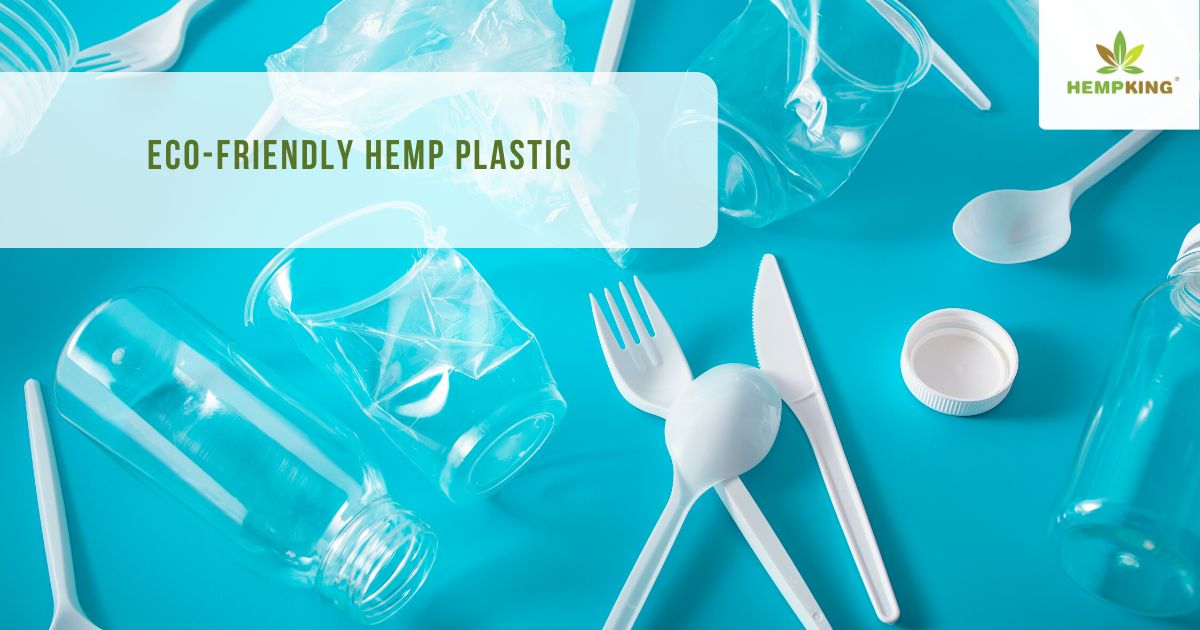
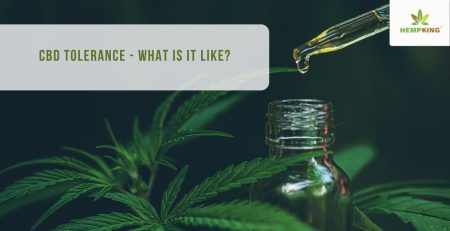




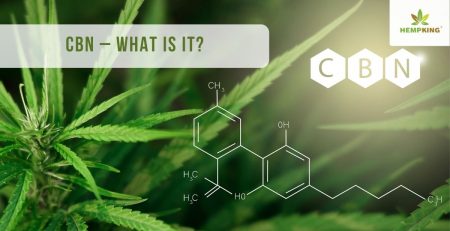
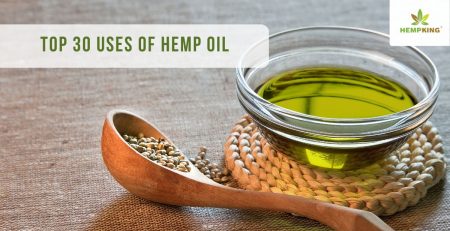
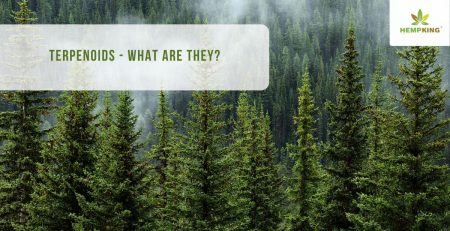
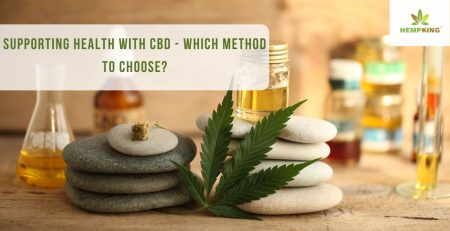
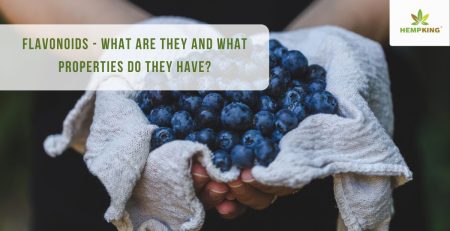

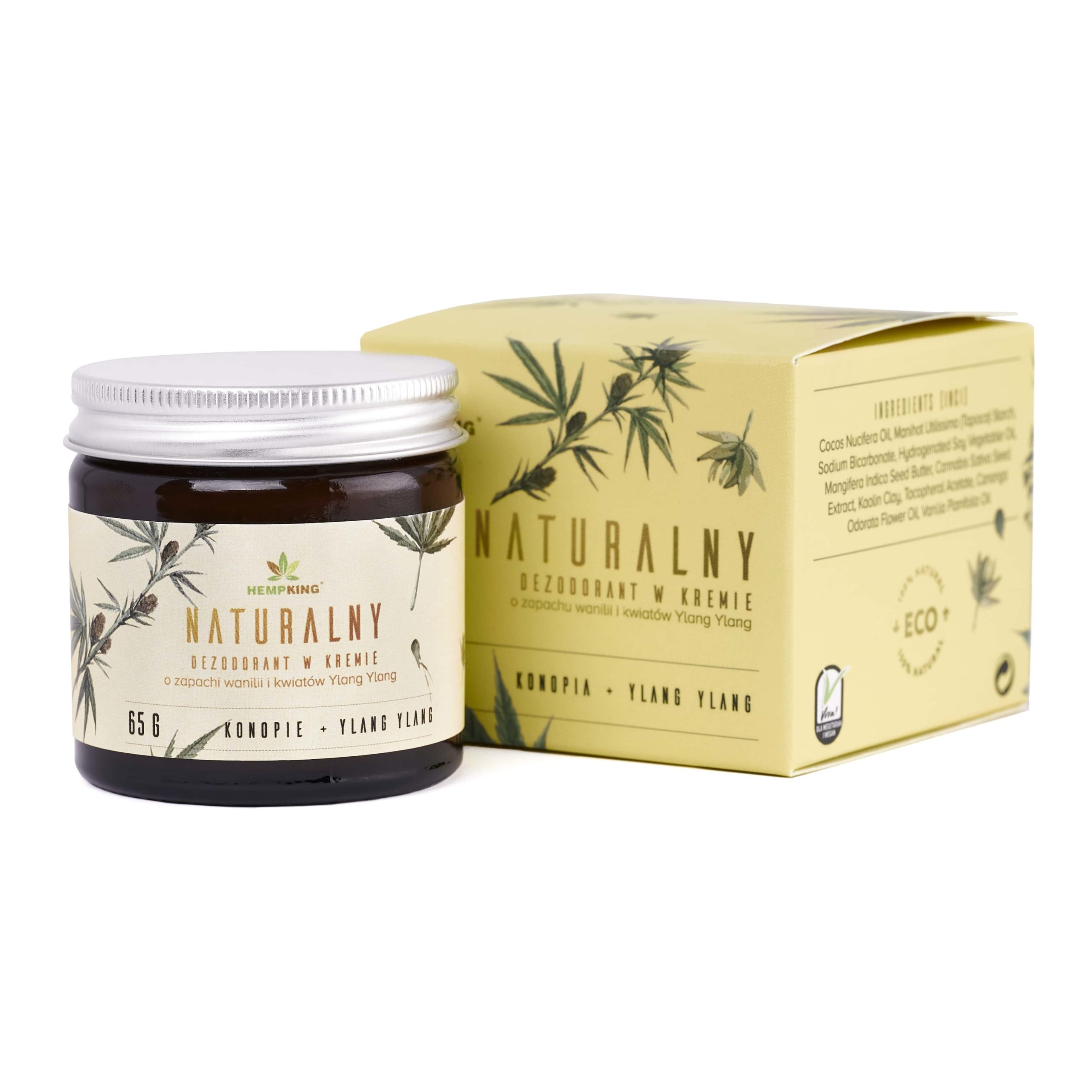
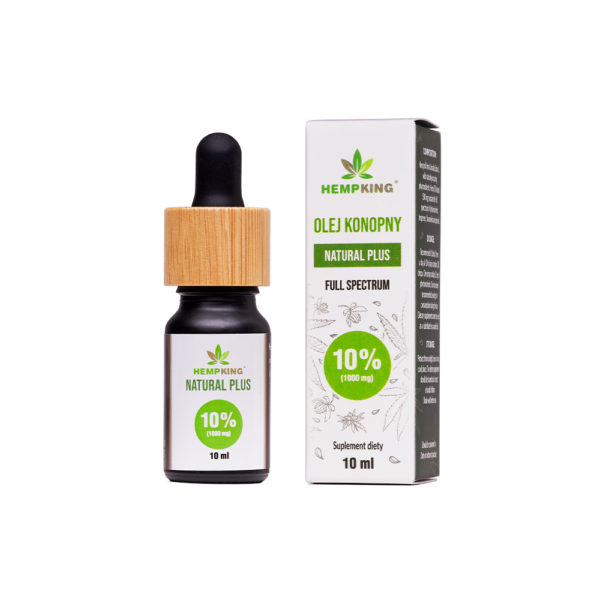
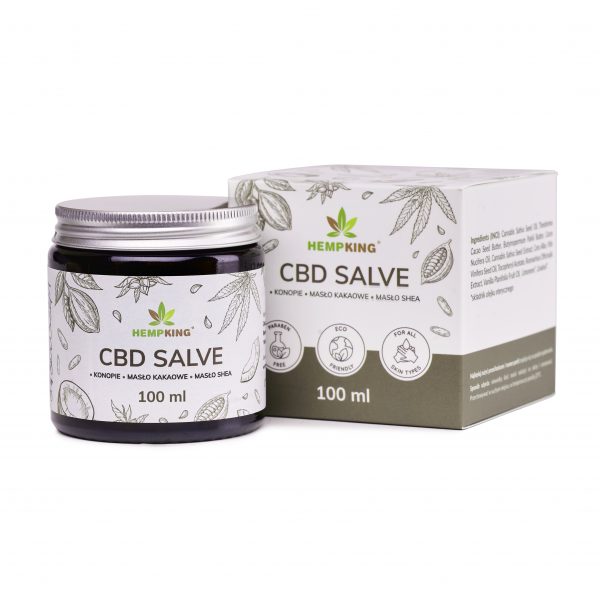
 Facebook
Facebook Instagram
Instagram

Leave a Reply